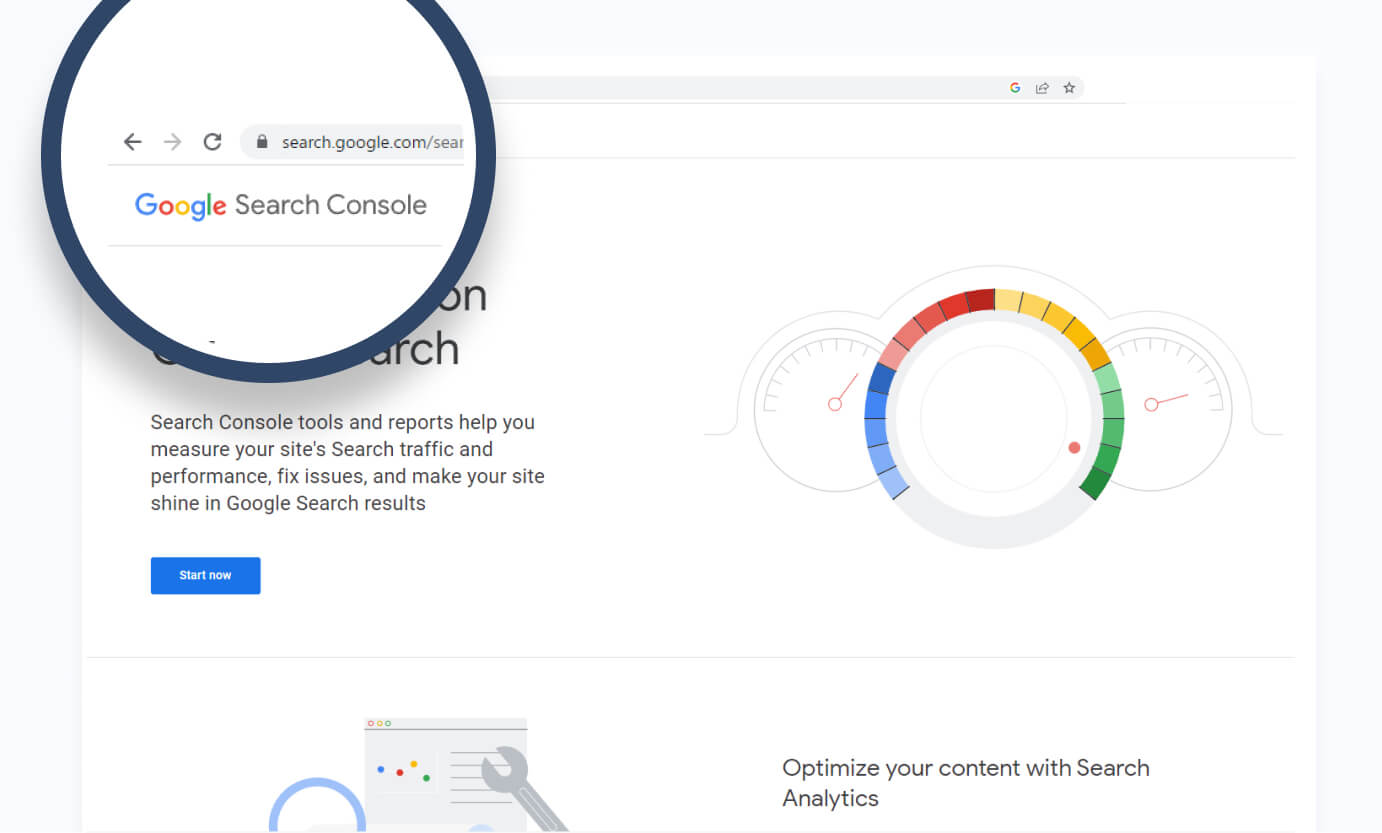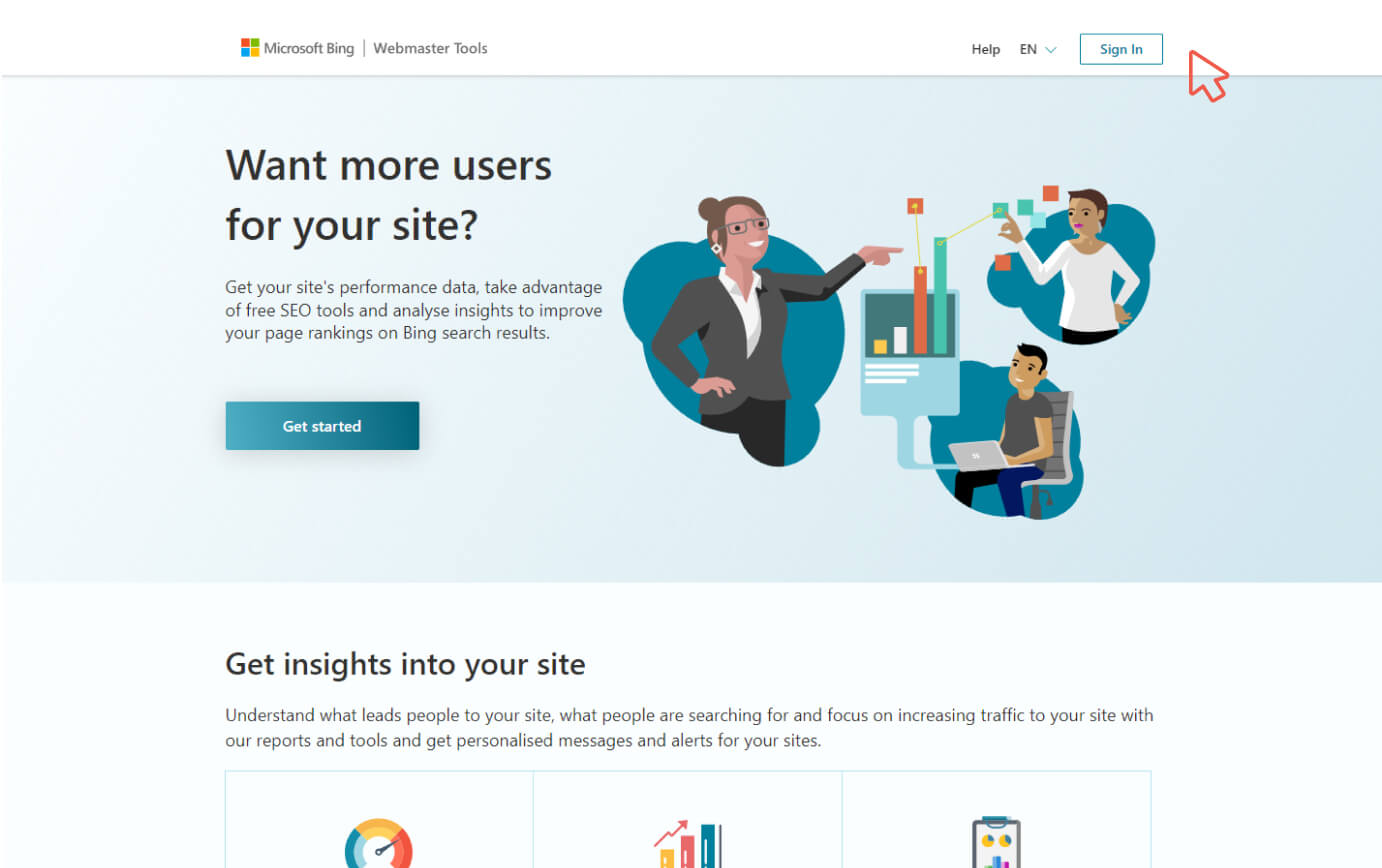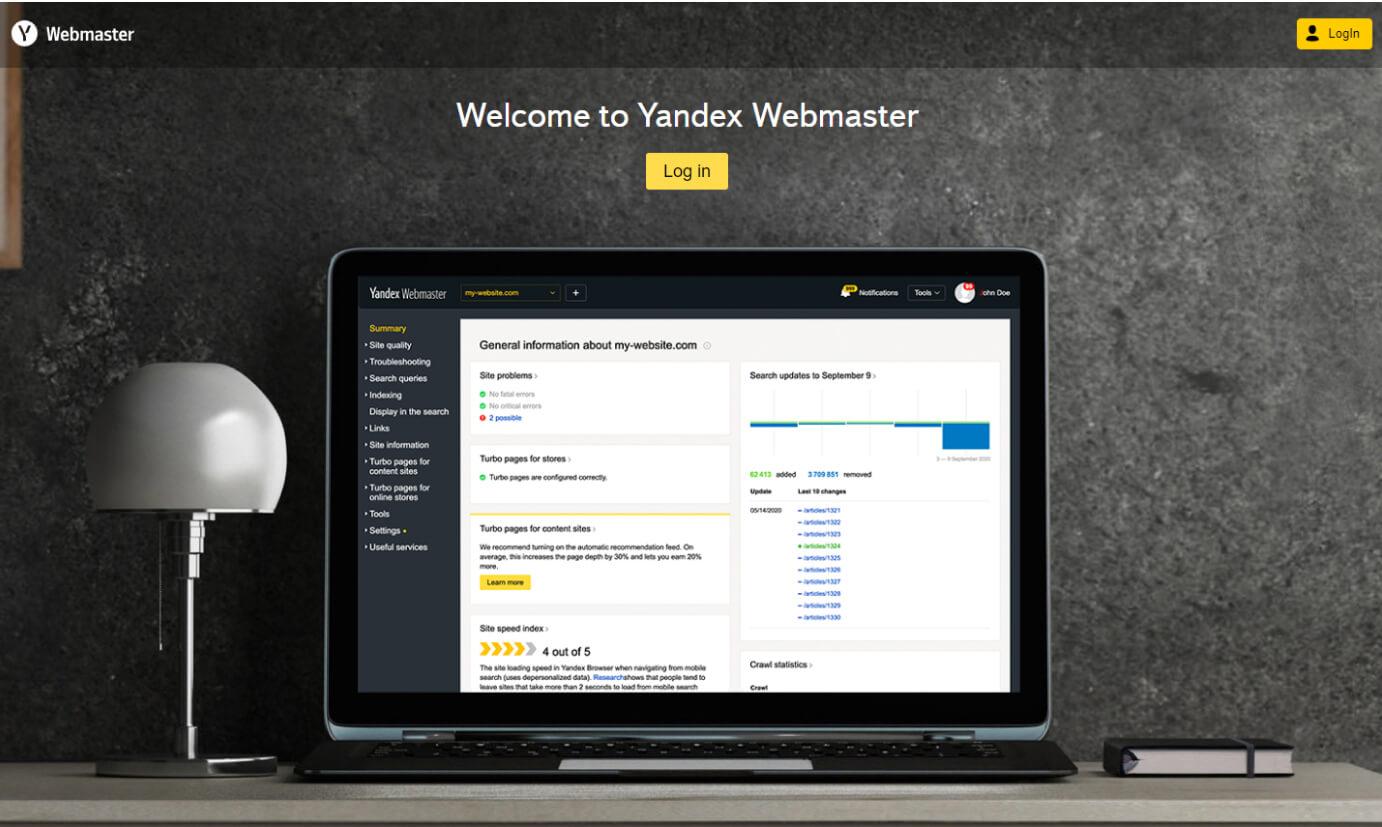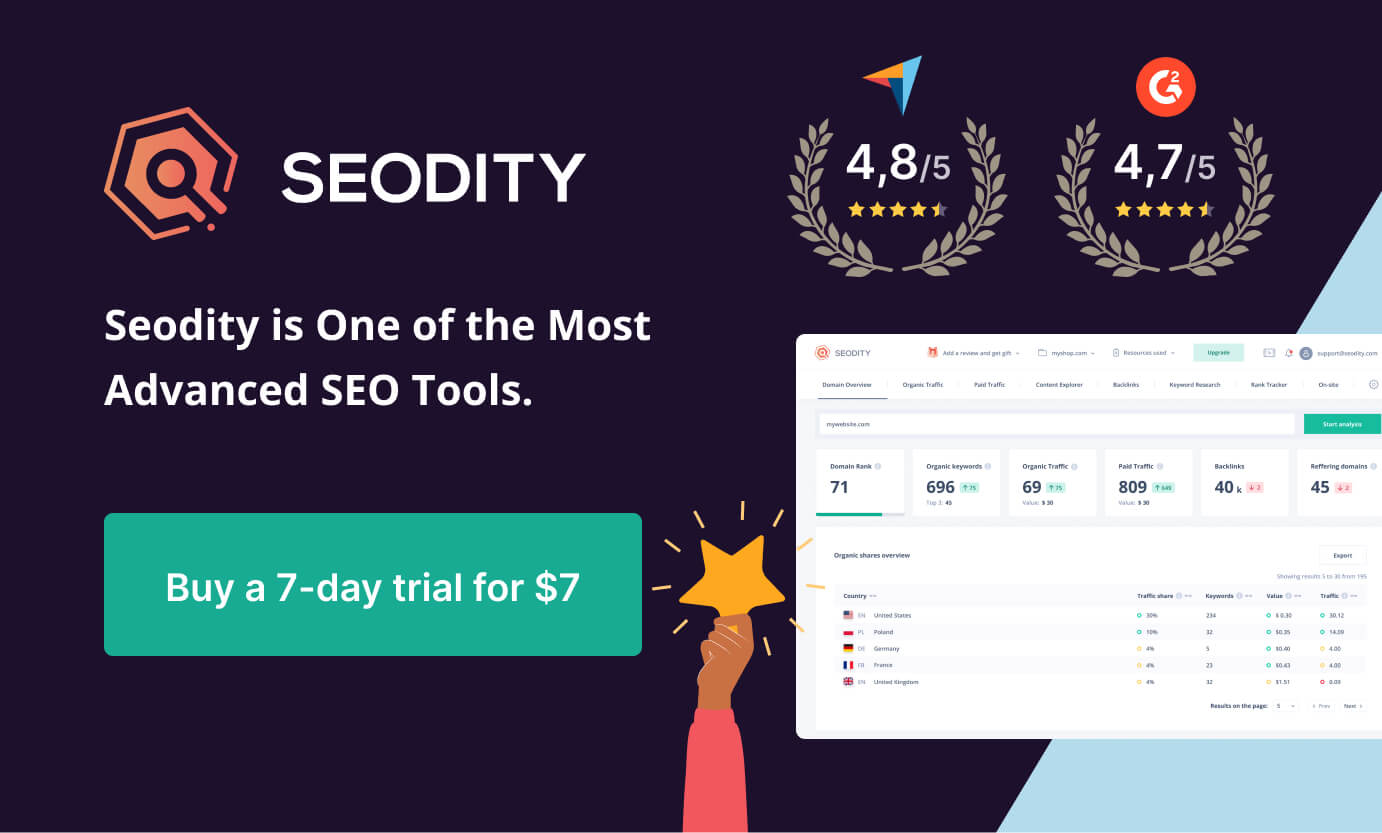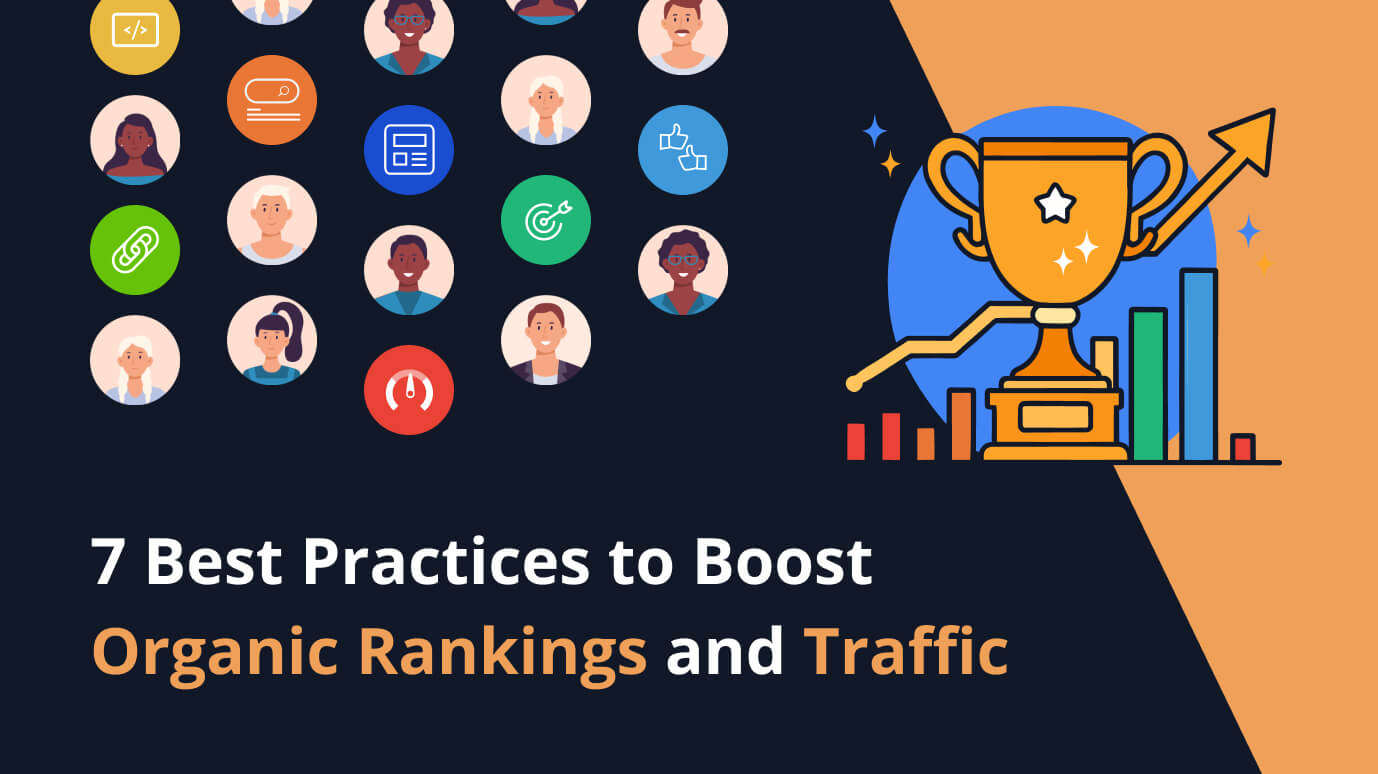
 7 min read
7 min readGoogle Search Console: A Comprehensive Guide for Beginners
Google Search Console (GSC) can help you understand how Google crawls and indexes your website, as well as identify and fix any issues that may be impacting your search engine rankings. In this article, we will provide a comprehensive guide for beginners on how to set up, navigate, and utilize GSC to its fullest potential.
Setting Up Google Search Console
- Go to the Google Search Console website (https://search.google.com/search-console/about) and sign in with your Google account.
- Click on the "Start Now" button to begin the process of setting up your Google Search Console account.
- Select the type of property you want to add to your account. If you're setting up Google Search Console for a website, select "Website."
- Enter the URL of your website and click "Add."
- Verify your website ownership. Google Search Console offers several methods for verifying your website.
- HTML file upload: You can upload an HTML file to your website's root directory that Google provides and then click on the verify button in Google Search Console to confirm ownership.
- HTML tag: You can add a unique HTML tag provided by Google to your website's header section and then click on the verify button in Google Search Console to confirm ownership.
- Google Analytics: If your website is already linked to a Google Analytics account, you can use the same account to verify ownership in Google Search Console.
- Google Tag Manager: If your website uses Google Tag Manager, you can use the same account to verify ownership in Google Search Console.
The verification process is critical to ensure that the website owner has authorized access to the GSC account and can receive important notifications, such as security issues and indexing problems.
Navigating the GSC Interface
Once you have set up your account and added your property, you will be taken to the GSC dashboard. This is where you will be able to access all of the different features and functions of the tool.
The dashboard is divided into several sections, including:
- Performance: This section provides an overview of your website's overall performance in terms of clicks, impressions, and average click-through rate.
- Search Appearance: This section allows you to see how your website appears in the search results, including rich results and structured data.
- Google Index: This section provides information on how many pages on your website have been indexed by Google and any crawl errors that have been detected.
- Security & Manual Actions: This section allows you to see if there have been any security issues or manual actions taken on your website.
- Other Resources: This section includes links to other resources, such as the Google Search Central Blog and the Google Search Console Help Center.

Utilizing GSC to Improve Your Search Rankings
One of the main benefits of using GSC is that it can help you identify and fix issues that may be impacting your search engine rankings. Some of the key areas to focus on include:
Crawl Errors
One of the key areas to focus on when using GSC is crawl errors. GSC will alert you to any crawl errors that it detects on your website. These errors can include broken links, 404 errors, and redirect issues. By fixing these errors, you can improve your website's crawlability and ensure that all of your pages are being indexed by Google.

Structured Data
Another important area to focus on is structured data. GSC allows you to see how your website is using structured data, such as schema markup. By using structured data, you can make your website eligible for rich results, such as reviews and ratings, which can help increase your visibility in the search results. Additionally, using structured data can also help demonstrate your website's expertise, authoritativeness, and trustworthiness by providing information about your business, such as contact information, location, and reviews.
Here are some examples of common schema markups:
- Local business information - used to provide information about a local business, such as its address, phone number, and opening hours.
- Product information - used to provide details about a product, such as its price, availability, and reviews.
- Event information - used to provide information about an event, such as its date, location, and ticket information.
- Article information - used to provide information about an article, such as its headline, author, and publication date.
To add schema markup to a website, you can use the schema.org vocabulary and encode the data in JSON-LD format. The markup should be added to the HTML code of the page, within the <head> section.
You can also use tools such as Google's Structured Data Markup Helper or schema markup generators to generate the code for you. Once added, it is important to validate the markup to ensure it is correct and accurately represents the information on the page.

Backlinks
GSC also provides data on backlinks to your website. By analyzing this data, you can identify which websites are linking to you and assess the quality of those links. A high number of backlinks from reputable and authoritative websites can indicate to Google that your website is trustworthy and credible. On the other hand, a low number of backlinks or backlinks from low-quality websites can indicate the opposite.
Here's how to assess and obtain backlinks:
- Relevance: The linking website should be related to the content on your website. For example, a backlink from a health website to a fitness website is more relevant than a backlink from a sports website.
- Authority: The linking website should have a high domain authority, which is a metric that measures the strength and quality of a website. The higher the domain authority, the more valuable the backlink.
- Trustworthiness: The linking website should have a good reputation and not be involved in any spammy or unethical practices.
To obtain backlinks, you can:
- Create high-quality, shareable content that other websites would want to link to.
- Reach out to websites in your niche and ask if they would be interested in linking to your content.
- Offer to write guest posts on other websites in exchange for a backlink to your website.
- Participate in online communities and forums related to your niche and include a link to your website in your signature or profile.
- Collaborate with other websites and offer to link to each other's content.
Remember to always focus on building high-quality backlinks from reputable websites as opposed to low-quality or spammy backlinks, which can harm your search engine rankings.

YMYL
For websites that fall under the category of Your Money or Your Life (YMYL), it is especially important to pay attention to E-E-A-T factors. These types of websites include those that deal with financial transactions, healthcare, and legal advice. GSC can help identify any issues that may be impacting the trustworthiness and credibility of your website, such as security issues or manual actions taken by Google. By addressing these issues and demonstrating expertise, authoritativeness, and trustworthiness, you can help ensure that your website is providing accurate and reliable information to users.
Setting up other webmaster tools for tracking the website's performance
In addition to Google Search Console, there are other webmaster tools that you can use to monitor and measure your website's performance on search engines. Here is a detailed guide on how to set up two of the most popular webmaster tools:
Bing Webmaster Tools
- Go to the Bing Webmaster Tools website.
- Sign in with a Microsoft account or create a new one.
- Add your website by clicking "Add a Site" and entering your website's URL.
- Verify ownership of your website by adding a meta tag to your website's header or by uploading an XML file to your server.
- Once your website is verified, you can access a variety of tools and reports to monitor your website's performance on Bing search.
Yandex Webmaster Tools
- Go to the Yandex Webmaster Tools website.
- Sign in with a Yandex account or create a new one.
- Add your website by clicking "Add a Website" and entering your website's URL.
- Verify ownership of your website by adding a meta tag to your website's header or by uploading an HTML file to your server.
- Once your website is verified, you can access a variety of tools and reports to monitor your website's performance on Yandex search.
Conclusion
In conclusion, using Google Search Console (GSC) can significantly improve your website's search engine rankings by providing valuable insights on search performance, indexation issues, crawl errors, and security vulnerabilities. Utilizing GSC's features, such as structured data, backlinks analysis, and monitoring website security, can help you make informed decisions on optimizing your website for better visibility and engagement.
It is important to remember that GSC is just one of the many tools you can use to boost your website's search engine optimization (SEO) efforts. In addition to GSC, consider using an all-in-one SEO tool such as Seodity, which provides a comprehensive suite of SEO tools, including backlink analysis, keyword research, and competitor analysis. By combining the power of GSC with other SEO tools, you can take your website's SEO to the next level and achieve higher search engine rankings and visibility.

Marcin is co-founder of Seodity
.svg)
